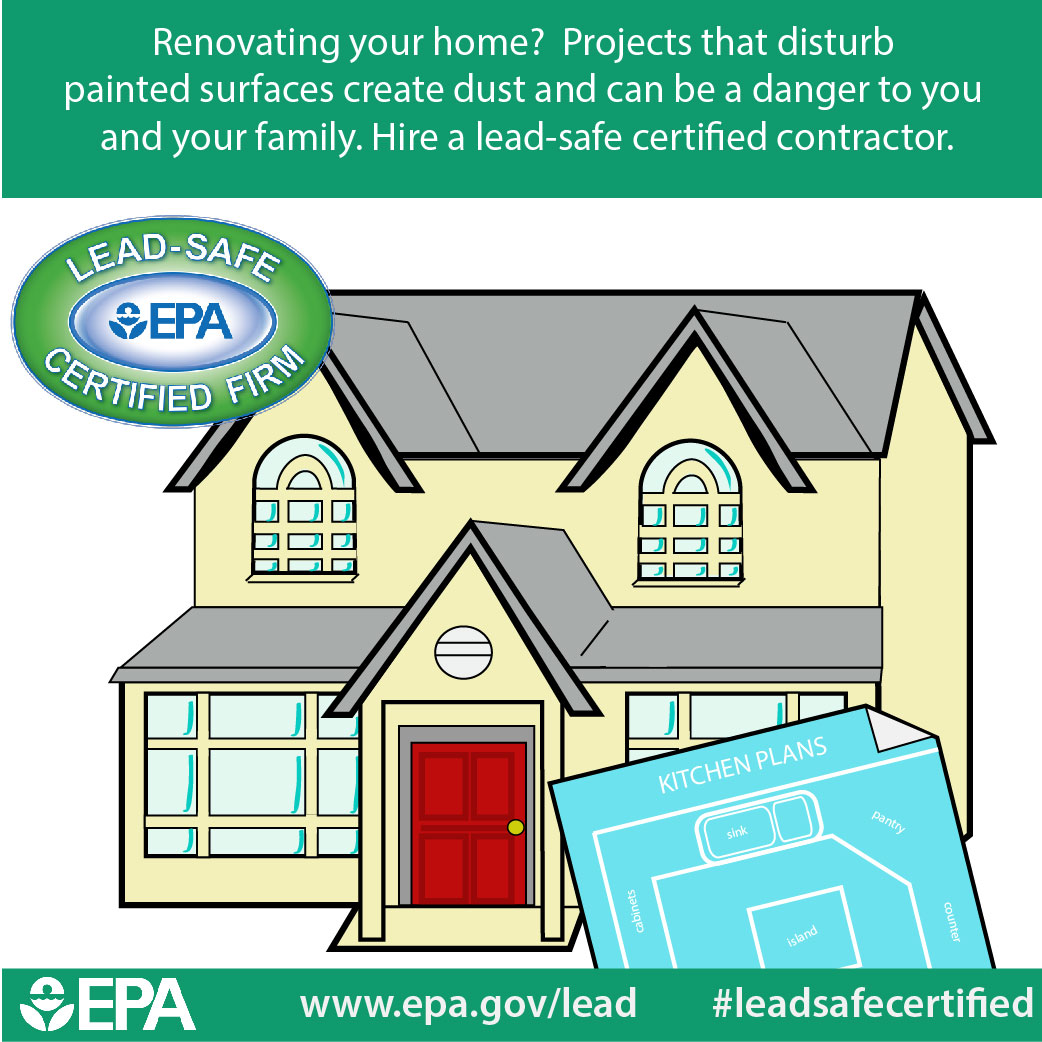Recognizing Seasonal Influences On Commercial Outside Painting: Important Expertise For Success
Recognizing Seasonal Influences On Commercial Outside Painting: Important Expertise For Success
Blog Article
Write-Up By-Ford Whalen
When you're planning a commercial outside paint task, seasonal aspects can make or break your outcomes. You'll want to take into consideration how temperature and moisture influence paint application and drying out times. Choosing the best period can ensure your paint sticks appropriately and lasts longer. Yet which seasons are really the very best for this sort of work? Let's check out the key elements that can influence your project's success.
The Impact of Temperature Level on Paint Application
When you're preparing a commercial exterior painting project, the temperature can significantly affect just how well the paint sticks and dries.
Preferably, you want to paint when temperature levels vary in between 50 ° F and 85 ° F. If it's also cool, the paint may not treat appropriately, causing concerns like peeling off or breaking.
On the flip side, if it's too warm, the paint can dry as well rapidly, stopping appropriate attachment and leading to an irregular finish.
over at this website must also think about the time of day; early morning or late afternoon provides cooler temperature levels, which can be much more desirable.
Always inspect the supplier's suggestions for the specific paint you're using, as they often offer advice on the suitable temperature level variety for ideal outcomes.
Humidity and Its Impact on Drying Times
Temperature level isn't the only environmental variable that influences your business external painting job; moisture plays a substantial role as well. High moisture levels can slow down drying times considerably, influencing the general quality of your paint job.
When the air is filled with wetness, the paint takes longer to heal, which can lead to concerns like bad attachment and a higher threat of mold growth. If you're painting on a specifically damp day, be gotten ready for prolonged wait times in between coats.
It's critical to check local weather conditions and strategy as necessary. Preferably, go for humidity degrees between 40% and 70% for optimum drying.
Maintaining these consider mind guarantees your project remains on track and provides a long-term finish.
Best Seasons for Commercial Outside Painting Projects
What's the best time of year for your industrial external paint tasks?
Springtime and early fall are typically your best bets. During these periods, temperatures are moderate, and humidity degrees are typically lower, creating optimal problems for paint application and drying out.
Prevent summertime's intense heat, which can trigger paint to completely dry also quickly, resulting in bad bond and finish. Similarly, winter months's cold temperature levels can hinder correct drying out and curing, running the risk of the longevity of your paint task.
Aim for days with temperature levels between 50 ° F and 85 ° F for optimum outcomes. Remember to inspect the regional weather prediction for rain, as wet problems can spoil your project.
Planning around click for info ensures your paint job runs smoothly and lasts longer.
Verdict
Finally, planning your industrial exterior painting projects around seasonal considerations can make a significant difference in the outcome. By scheduling work during the ideal temperature levels and humidity degrees, you'll ensure far better attachment and drying times. Keep in how long is paint good for in the can to watch on neighborhood weather forecasts and select the right time of year-- spring and early fall are your best choices. Taking these actions will certainly help you attain a durable and professional coating that lasts.
